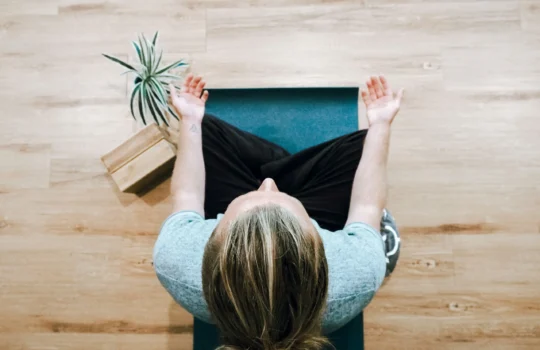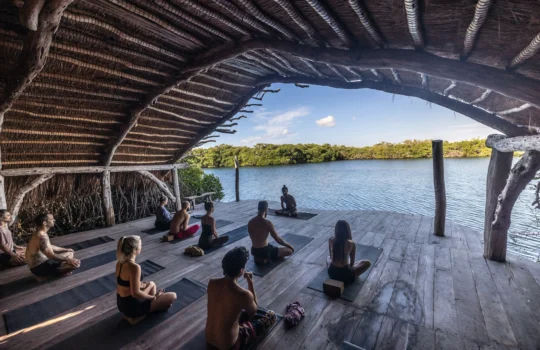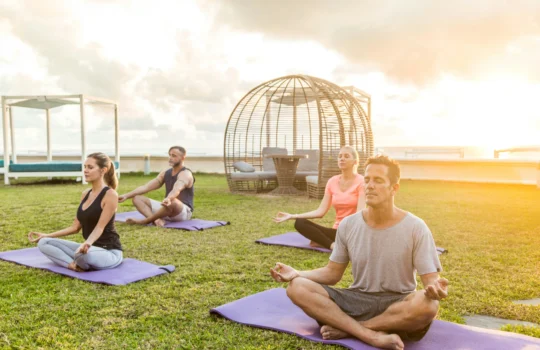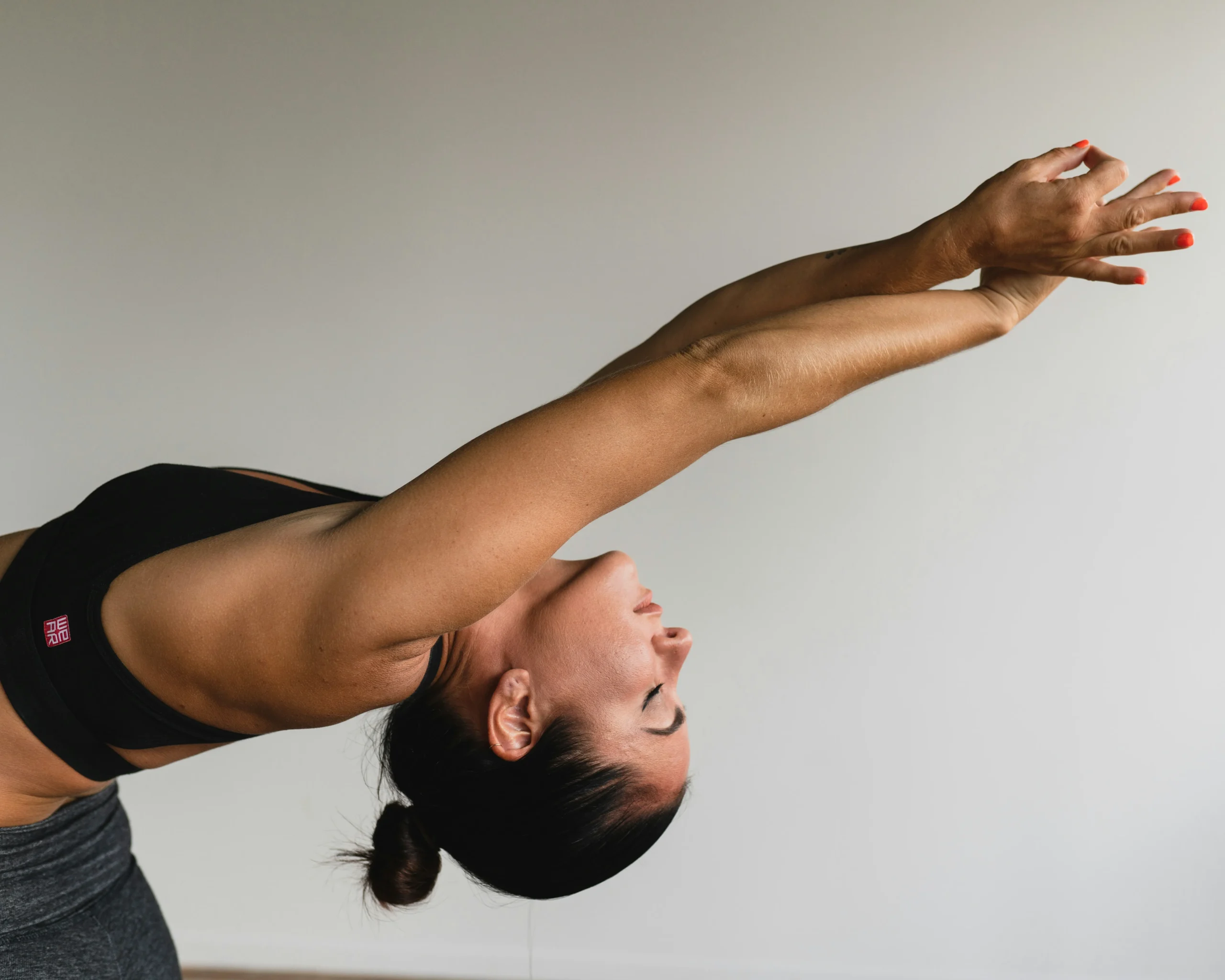5 Easy Meditate Tips: How Can You Meditate Peacefully Everywhere, Anytime?

Finding a moment of peace and quiet can seem like a rare luxury, especially in today’s chaos. Yet, the ancient practice of meditation offers a sanctuary of calm that is not bound by the constraints of location or time. This guide will help you show 5 easy meditate tips that how can you meditate peacefully everywhere and anytime. Like a magic, isn’t it?
Despite common beliefs, you don’t need a perfectly serene environment or endless hours to engage in meditation. This guide is designed to show you how can you meditate, accessible and flexible meditation can be, allowing you to harness its benefits everywhere, anytime.
Table of Contents
Getting Started: The Basics of How Can You Meditate
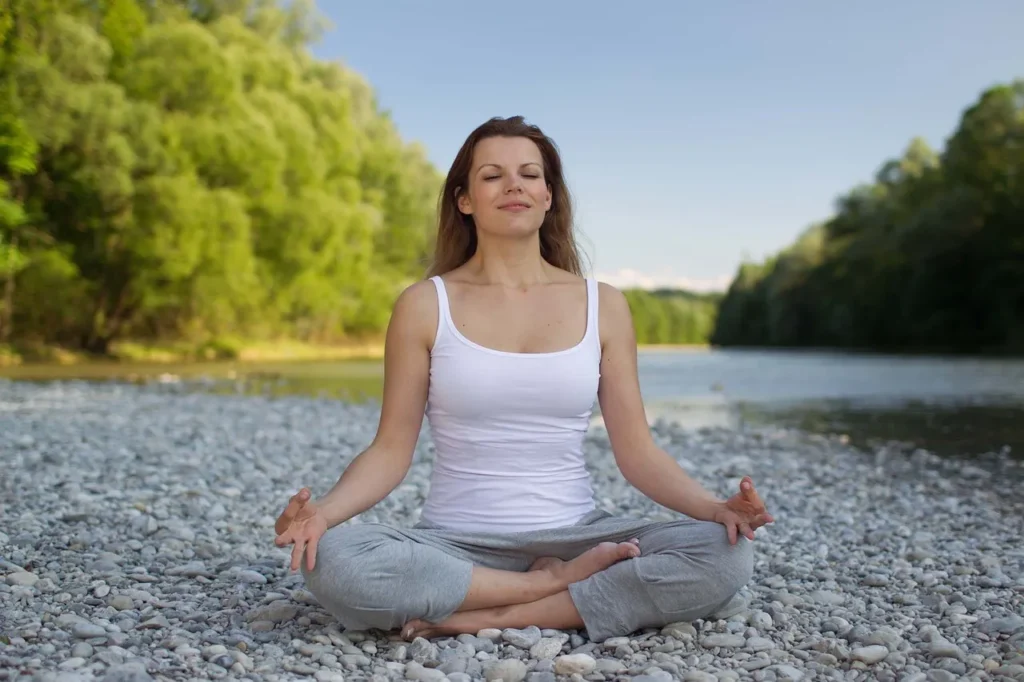
Meditation is often shrouded in misconceptions. It’s not about achieving a state of empty mind or sitting in lotus position for hours. At its core, meditation is the practice of turning your attention to a single point of reference, such as your breath or a mantra. It’s about being present and mindful in the moment.
The benefits are vast, including stress reduction, improved concentration, enhanced emotional well-being, and a greater sense of inner peace. By debunking these myths, we open the door to a practice that is universally accessible and infinitely adaptable about how can you meditate.
Embarking on your meditation journey requires very little; all you need is a willingness to start. Begin by finding a comfortable position, which doesn’t necessarily mean sitting; you can stand or even walk. The key is to be in a posture that you can maintain comfortably for a few minutes.
Focus on your breath, noticing the sensation of air entering and leaving your nostrils, or observe your thoughts without judgment, letting them come and go. Even a short practice of 5-10 minutes can yield significant benefits, setting a positive tone for your day or offering a moment of reprieve when needed.
Tips for Meditating Anywhere, Anytime
1. Breathing Techniques for On-the-Go
Simple breathing exercises can be powerful tools for meditation, especially when time or privacy is limited. Techniques like the 4-7-8 method or box breathing can be practiced anywhere, from waiting in line to sitting at your office desk, providing a quick way to center yourself. The best places can be are:
- At your office desk
- At metro while sitting
- At the car or taxi (while you are not the driver of course – duh!)
- At park and on the bench
2. Mindful Moments in Everyday Activities
Turn ordinary activities into meditative experiences by engaging in them mindfully. Whether it’s savoring your morning coffee, paying attention to the sensations of water during your shower, or being fully present during a walk, these moments can become opportunities for mindfulness.
- Drinking water
- Eating your breakfast
- Walking mindfully
- Even while doing house chores like washing the dishes
3. Utilizing Short Guided Meditations
For those who find it challenging to quiet their mind independently, guided meditations can be a great resource. Many apps and websites offer short sessions that guide you through how can you meditate and the meditation process, ideal for fitting into a busy schedule.The best apps I’ve used are:
- Serenity
- Mindshine
- Headspace
- Meditopia
4. The Power of Mantra Repetition
Mantras, or positive affirmations, can be silently repeated anywhere to help maintain a meditative mindset. Choose a phrase that resonates with you and repeat it during moments of stress or whenever you need to refocus. You can also visit Chopra for this specific meditation.
Besides general mantra repetition, there is a specific meditation technique called TM (Transcendental Meditation) which generally takes 20 mins and a selected, especially meaningless mantra would be helpful to maintain your focus throughout your meditation session.
5. Leveraging Technology for Meditation Reminders
Set reminders on your phone or use a meditation app to prompt you to take brief meditation breaks throughout the day. These can be as short as one minute and are a great way to ensure you’re incorporating mindfulness into your daily routine.
By embracing these tips, meditation becomes not just a practice but a lifestyle, seamlessly integrating into the rhythm of your daily life. Whether you have a minute or an hour, there’s always an opportunity to meditate, bringing a sense of calm and clarity to your everyday existence.
Overcoming Common Challenges
Initiating and maintaining a meditation practice can come with its set of hurdles. Common challenges include finding time in a busy schedule, managing distractions, and dealing with restlessness or a wandering mind. Here’s how you can address these issues:
- Finding Time: Start with as little as one minute of focused breathing each day and gradually increase. Short, consistent practices are better than occasional longer sessions.
- Managing Distractions: Use background noise to your advantage by focusing on ambient sounds as part of your meditation. If you’re in a particularly noisy environment, consider using noise-canceling headphones with calming sounds or guided meditations.
- Dealing with Restlessness: Acknowledge your restlessness without judgment. Try walking meditation as an alternative, focusing on the sensation of your feet touching the ground.
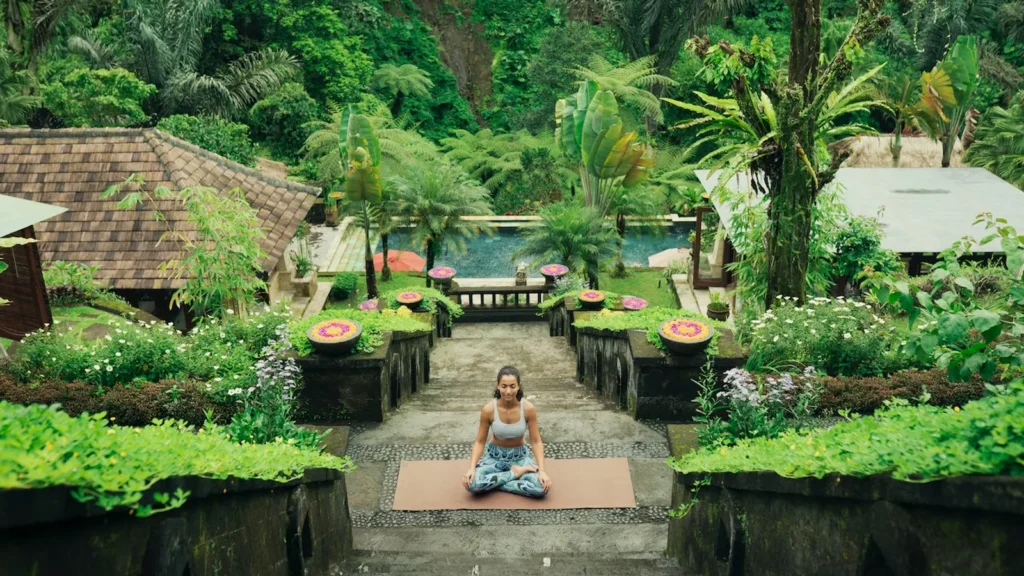
Creating a Personalized Meditation Routine
Crafting a meditation routine that fits your lifestyle is crucial for consistency and enjoyment. Experiment with different techniques and times of the day to find what suits you best. Remember, flexibility is key. Your meditation practice should adapt to your life, not the other way around. Here are some steps to create your personalized routine:
- Set Realistic Goals: Aim for regular, short sessions rather than setting ambitious targets that may be hard to meet.
- Choose Your Style: From focused breathing to mantra repetition or guided meditations, select methods that you resonate with and look forward to practicing.
- Incorporate Variety: Keep your practice interesting by varying your techniques or trying meditation in new settings, like a park or by the water.
Conclusion
Meditation is a journey, not a destination. It’s about finding moments of clarity and calm in the midst of daily life. By understanding that meditation can be flexible and adapting it to fit into your schedule, you’re more likely to maintain a consistent practice. Remember, every moment offers an opportunity for mindfulness; it’s just a matter of taking that first mindful breath. This way we wish you learned how can you meditate and enjoy your practices.
Take the First Step!
Now, I invite you to take the first step. Set aside a minute or two after reading this post to simply breathe and be present. Reflect on how can you meditate, how you can incorporate meditation into your daily life, using the tips and techniques shared. Feel free to share your thoughts, experiences, or any tips you have for meditating in the comments below. Let’s support each other in cultivating a mindful, peaceful, and present life on Instagram as a community.
Let’s explore the yoga deeper and visit other blogs that you might be interested in:
- 10 Amazing Yoga Exercises for The Eyes That Can Sharpen Your Vision
- Why Eco-Friendly Yoga? Practices and Products for a Sustainable Lifestyle You Need Now
- 5 Critical Reasons Why Children Need to Learn Yoga and Meditate
Go to home page for other amazing content to enlighten you about yoga, mindfulness and meditation.

